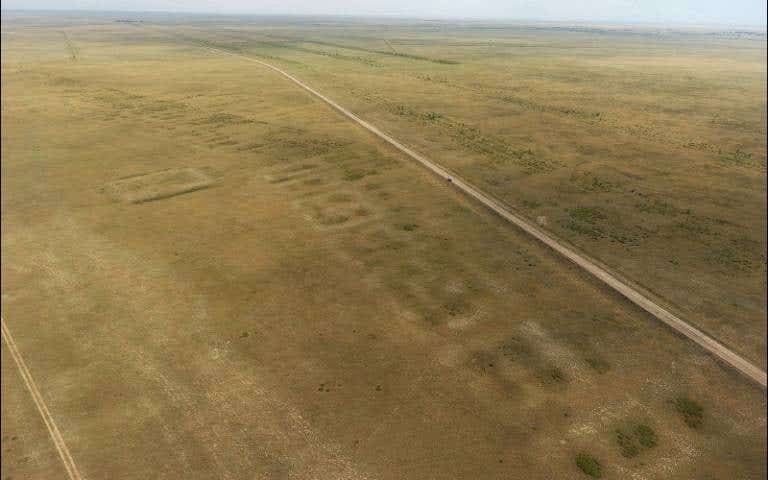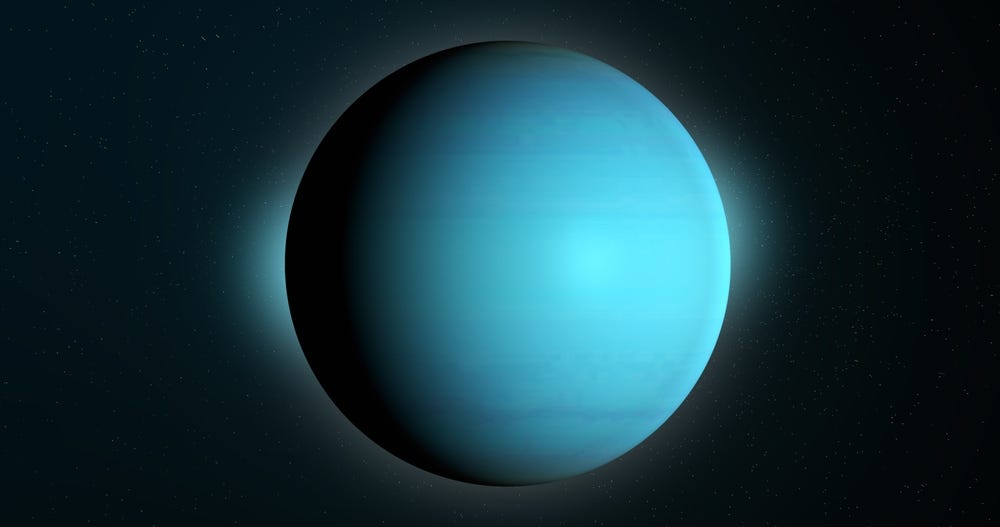Meteorite discovery solves the mystery of Earth’s lost elements
Meteorites offer rare clues to our solar system’s earliest days. Since they broke off from ancient planetesimals, they preserve vital chemical traces.

Meteorites offer rare clues to our solar system’s earliest days. (CREDIT: CC BY-SA 4.0)
For years, scientists have puzzled over why Earth and Mars are missing certain key elements. Now, a fresh study suggests these ingredients weren’t missing from the start. Instead, they were likely blasted away during the chaotic, high-speed collisions that helped form the planets.
Tracking Down the Missing Elements
Elements like copper, zinc, and potassium—known as moderately volatile elements (MVEs)—are crucial for planetary chemistry. These MVEs often appear with carbon, nitrogen, and water, all essential for life. Understanding how they were scattered or stripped away helps explain why one planet grew life and the other stayed dry and barren.
Compared to the earliest meteorites—chondrites—both Earth and Mars hold far fewer MVEs. Scientists have long argued over two main theories. One idea is that these elements never fully condensed when the solar system was forming. The other? That they vanished during violent impacts and internal changes as the planets took shape.
To explore this, a team led by Assistant Professor Damanveer Grewal at Arizona State University studied iron meteorites. These space rocks are leftovers from the metallic cores of some of the solar system’s first planetesimals.
Their findings, published in Science Advances, suggest a surprising twist: early planetesimals in the inner solar system may have held more MVEs than once believed.
Geological Archives from Space
Meteorites offer rare clues to our solar system’s earliest days. Since they broke off from ancient planetesimals, they preserve vital chemical traces. By analyzing these traces, scientists can piece together how planets like Earth and Mars began to form and evolve.
Related Stories
Until now, many believed that inner solar system planetesimals were MVE-poor from the very beginning. This view leaned heavily on two specific types of meteorites—angrites and HEDs (howardite-eucrite-diogenite). But the new study shakes that view, hinting that these early rocks may have lost their MVEs in violent planetary clashes, not due to a lack of raw material.
These are highly depleted in MVEs, leading researchers to believe that planetary building blocks formed under conditions that favored volatile loss. However, angrites and HED meteorites primarily sample the outer crust and upper mantle of their parent bodies, leaving uncertainty about whether this depletion extended to entire planetesimals.
By analyzing magmatic iron meteorites, the Arizona State University team found evidence that the first-generation planetesimals of the inner solar system actually retained significant amounts of MVEs.
This finding upends the idea that volatile depletion occurred solely during the condensation of solid materials in the early solar nebula. Instead, it suggests that planets like Earth and Mars initially formed from planetesimals that were rich in MVEs but lost these elements during later stages of planetary growth.
The Role of Collisions in Planet Formation
The loss of MVEs in Earth and Mars likely resulted from a period of intense collisional evolution rather than from conditions in the early solar nebula. When planetesimals collided and merged, some of their volatile-rich crust and mantle material was stripped away, leading to a gradual depletion of MVEs over time.
“Our work redefines how we understand the chemical evolution of planets,” Grewal explained. “It shows that the building blocks of Earth and Mars were originally rich in these life-essential elements, but intense collisions during planetary growth caused their depletion.”
This study also highlights a key difference between the inner and outer solar system. While planetesimals in the outer solar system accreted under cooler conditions and retained more of their original volatiles, those in the inner solar system formed at higher temperatures and experienced more energetic impacts. These events gradually removed volatile elements, leading to the compositions observed in Earth and Mars today.
Iron Meteorites as a New Tool for Understanding Planetary Formation
One of the major advantages of using magmatic iron meteorites in this study is that they represent the metallic cores of ancient planetesimals. Unlike basaltic meteorites such as angrites and HEDs, which mainly sample crustal material, iron meteorites provide a record of planetesimal differentiation without the effects of surface-level processes like volcanic activity and impact melting.
The researchers reconstructed the bulk chemical compositions of these early planetesimals using elemental abundances in their metallic cores. They found that while some planetesimals were depleted in MVEs, many retained chondrite-like compositions, indicating that depletion was not a universal characteristic of early planetary building blocks.
Another advantage of using iron meteorites is that they sample a wider range of parent bodies than angrites and HEDs, which come from only two distinct sources. By analyzing multiple iron meteorite groups, the researchers were able to compare planetesimals from different regions of the early solar system, providing a more comprehensive picture of planetary formation.
This study suggests that instead of starting out MVE-poor, the building blocks of Earth and Mars initially contained significant amounts of these elements. Their loss was a later consequence of the violent processes that shaped terrestrial planets.
By rethinking how MVEs were distributed in the early solar system, scientists can refine models of planetary formation and better understand why Earth evolved into a habitable world.
Future research will likely focus on identifying the specific types of collisions and impacts that contributed to the volatile depletion of terrestrial planets, further unraveling the complex history of our solar system.
Note: Materials provided above by The Brighter Side of News. Content may be edited for style and length.
Like these kind of feel good stories? Get The Brighter Side of News' newsletter.



